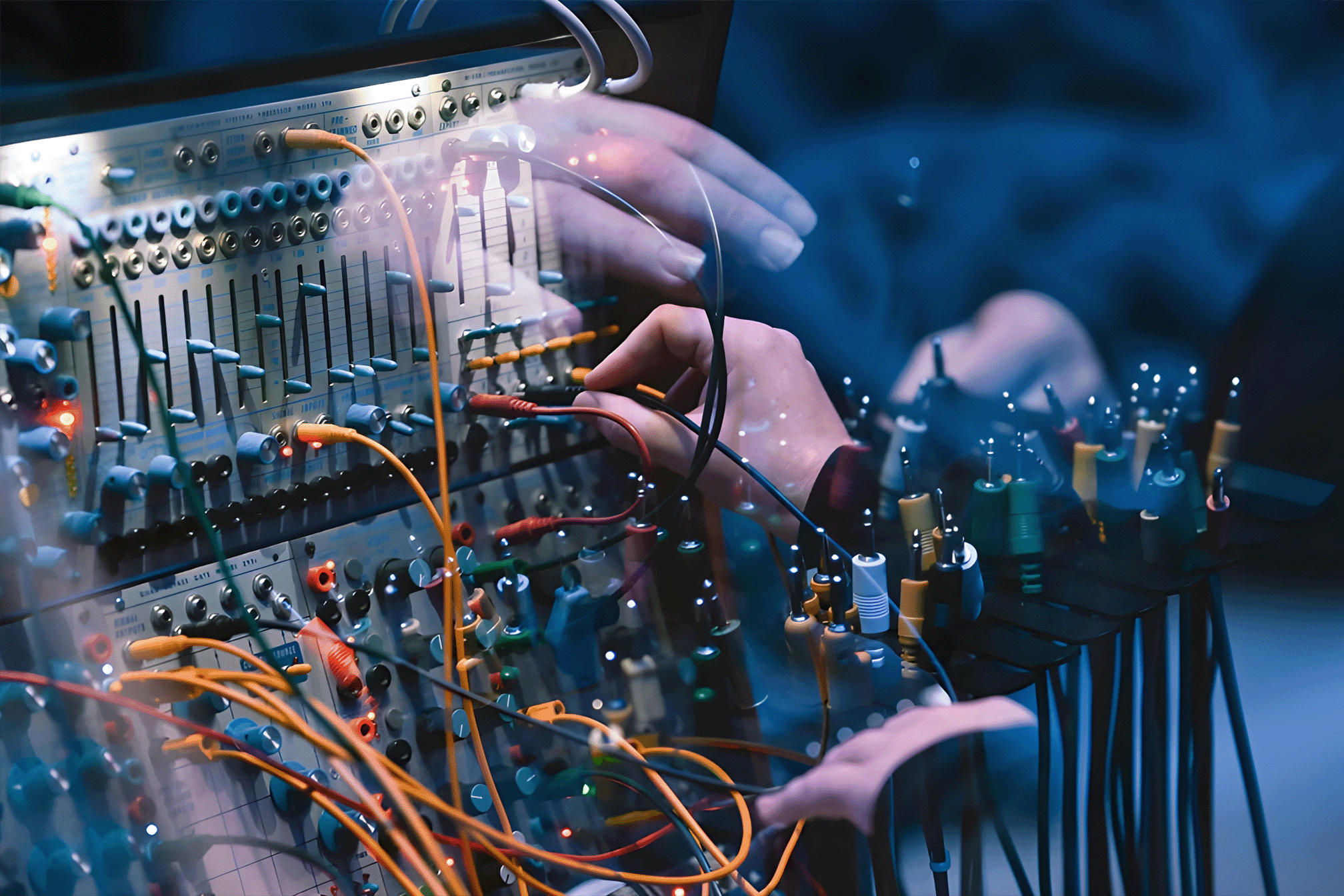 FEATURES
FEATURES
Built to last: the enduring phenomenon of hardware
Writer Crissy Collins spoke with a selection of Naarm/Melbourne's most avid hardware users.
Before there was Ableton Live, there was the Roland TR-808. The machine that arguably kick-started the popularity of using machines to make music. Its successor, the TR-909 (released in 1983), enhanced the 808’s design with a punchier kick drum, a defining element of early Chicago house.
Music production is now more accessible than ever. Producers can create sounds using only a laptop that once took full bands and expensive instruments. However, despite the dominance of rapidly advancing technology for music production, some artists remain committed to electronic music’s hardware roots.
Drum machines, synthesisers, and beatboxes deliver rich and immersive soundscapes, both in studios and during live performances — a quality that continues to captivate artists across generations. Make no mistake: the appeal of hardware is not a new phenomenon.
Artists like Reptant, a renowned electro artist from Melbourne, blends both analog and digital elements in his live sets and productions, helping to keep the art form alive. Reflecting on what the scene was like when he began making music, he says:
“I think it was a lot more common in Melbourne during 2014-2015 for people to be using hardware to make music, but also there were a lot more people playing hardware-based live sets at the time also.”
Reptant’s electrifying performance at this year’s Golden Plains was a festival highlight, followed by a standout set opening for Detroit in Effect in April at Melbourne’s Miscellania. It is no exaggeration to consider him one of the best live electronic performers to come out of Melbourne.
The clarity, power, and quality of hardware-created sound is unparalleled. The difference is palpable. Reptant explains:
“By having genuine analog sound sources going directly into a sound system, ideally without being converted to digital, what you hear is pure, smooth unsampled sound. Not every aspect of my equipment is analog, just the parts that matter, like analog filters, Basslines, Kick drums and special bits of sound design. Most of the other parts of my set are samples from other pieces in my studio.”
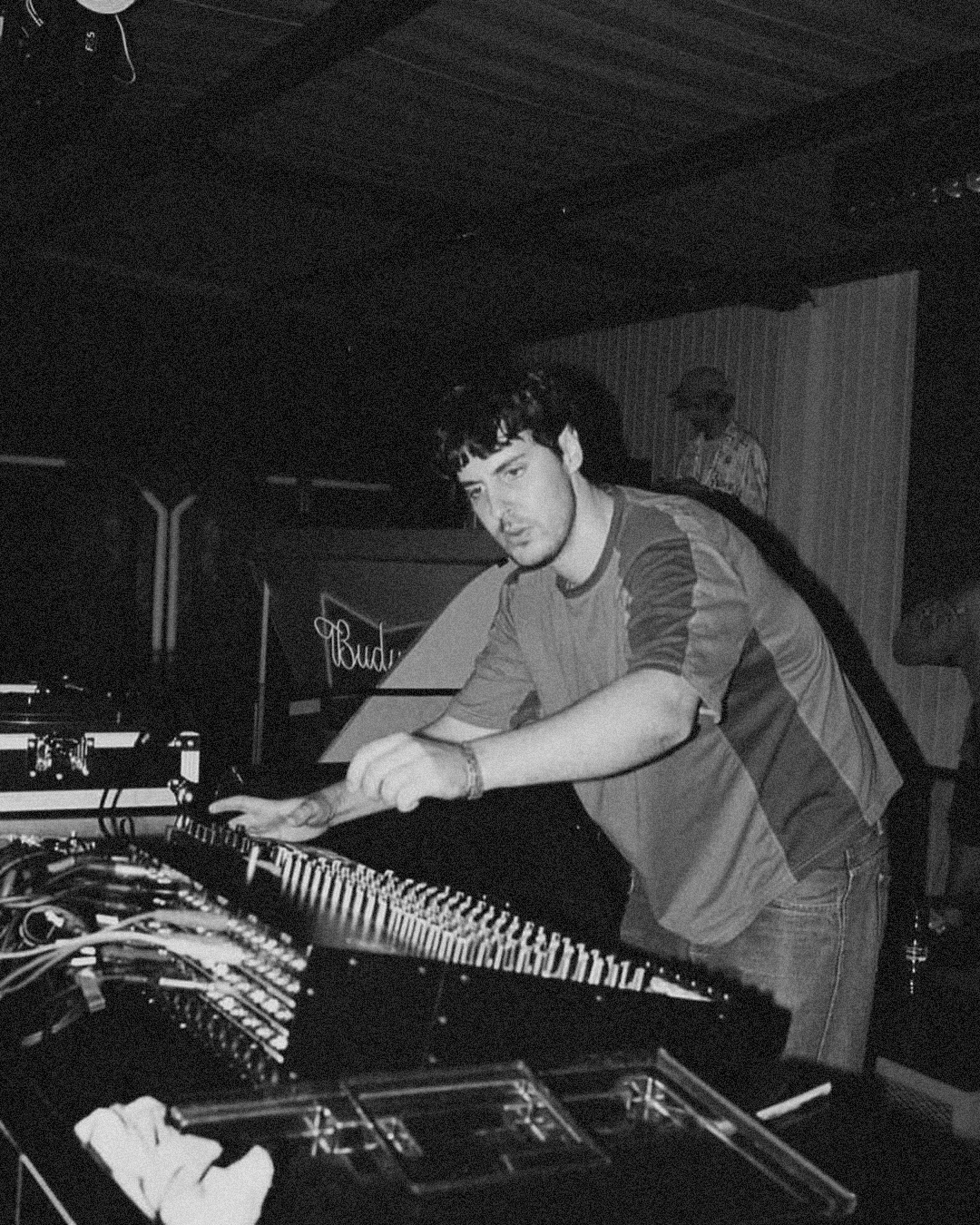
PHOTO: @PALMALLOPIS
Another key figure in Naarm’s hardware scene is Willis Anne, a French-born, formerly Berlin-based producer and DJ. His passion for analog gear led him to create JAM, a bi-monthly hardware jam session that welcomes both veterans and newcomers to collaborate on multiple machines running through a single sound system.
I asked Anne what inspired him to create JAM:
“When I moved to Berlin, I was fascinated by artists performing live in clubs. I was already practicing a lot on my own - sometimes 6–8 hours a day in my room, but I felt the need to share that energy and collaborate. I also wanted to encourage people to play live and see more live acts on lineups. That’s how I started organising live jams, workshops, and classes - like 'Natural Frequency' in Taiwan, and now 'JAM' in Melbourne. The goal is to make hardware feel more accessible, to show that it's intuitive, playful, and doesn't require tonnes of gear or training. Just curiosity and openness.”
It’s ironic that while technology has made hardware knowledge more accessible, it has also contributed to its perceived obsolescence. However, despite technology’s rapid advancements, there is something inherently human about tactile music-making. Willis adds:
“Hardware gives you a hands-on, physical relationship with sound. It pulls you out of the screen and into the moment. These days, it’s also more accessible - you don’t need a massive budget to start exploring it. Instruments bring limits, but in a good way - they simplify, and that's good for creativity. Those intuitive tools allow exploration and even improvisation. This partly shaped the process behind my latest release, the ‘Visible EP’, under my new alias FOREIGNER on Livity Sound. Jamming with people, building in real time, invites you to take risks and creates a space where you learn to trust others and yourself. That’s what makes it powerful: it’s about connection.”
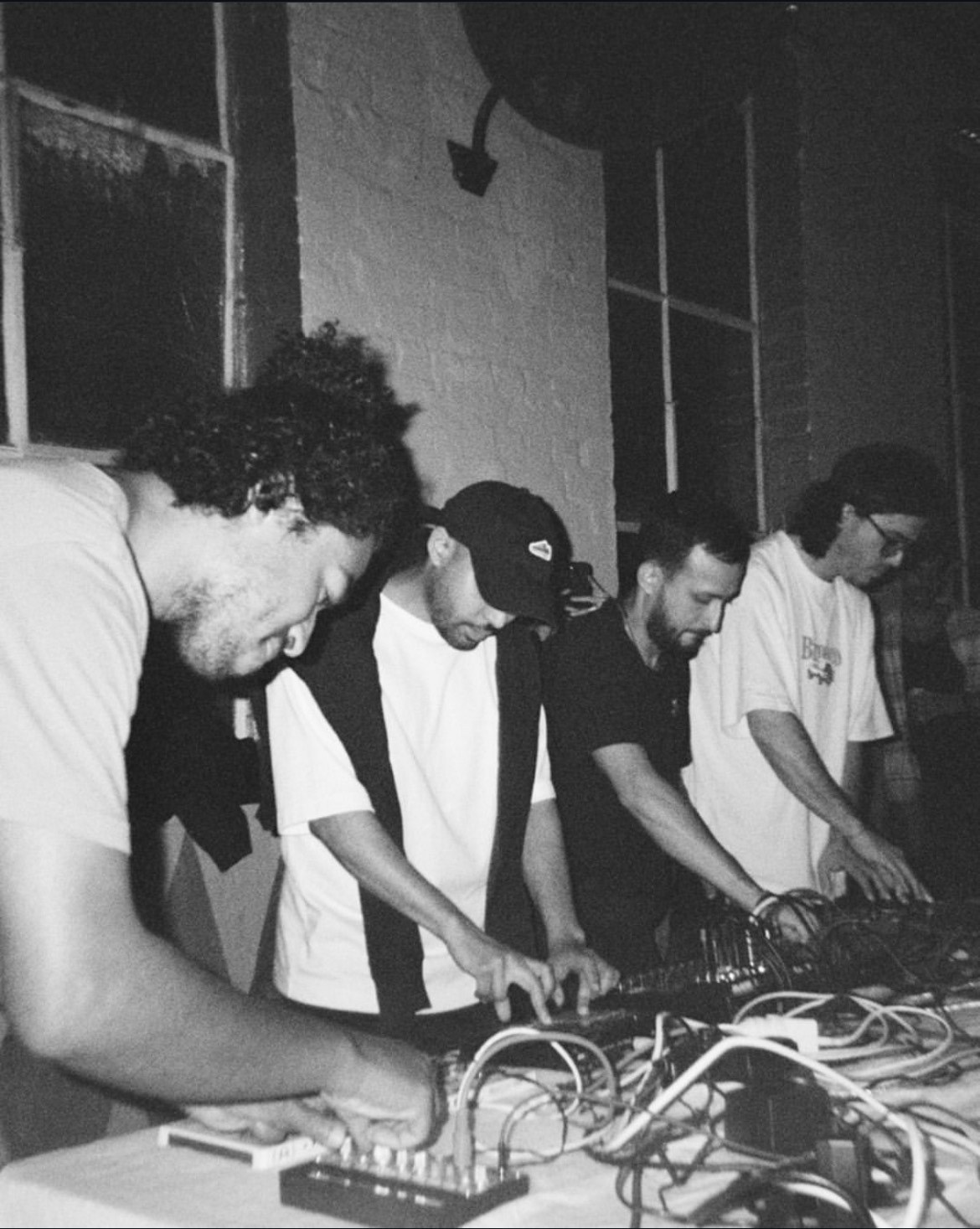
Rita Bass, a Naarm-based musician who uses analog components in her productions and live sets, echoes this sentiment:
“To be able to see and feel the direct implications of changing a knob, playing some keys, patching some cables. Of moving with the feel of your song and track, changing effects and sounds, being guided by feeling, intuition, and flow onto the hardware. Spending an entire day figuring out how to use a particular synth or make a sound. The gratification of having achieved and discovered something like that, which can be stupidly easy through other forms. It’s uniquely human, and part of the creative process that can never be taken away from us.”
Rita recently released her first EP ‘Reimagining’, where she weaves through a tapestry of hard-hitting bass and ethereal layered vocals. Many of the sounds from the project were recorded during time spent exploring the Melbourne Electronic Sound Studio (MESS) library.
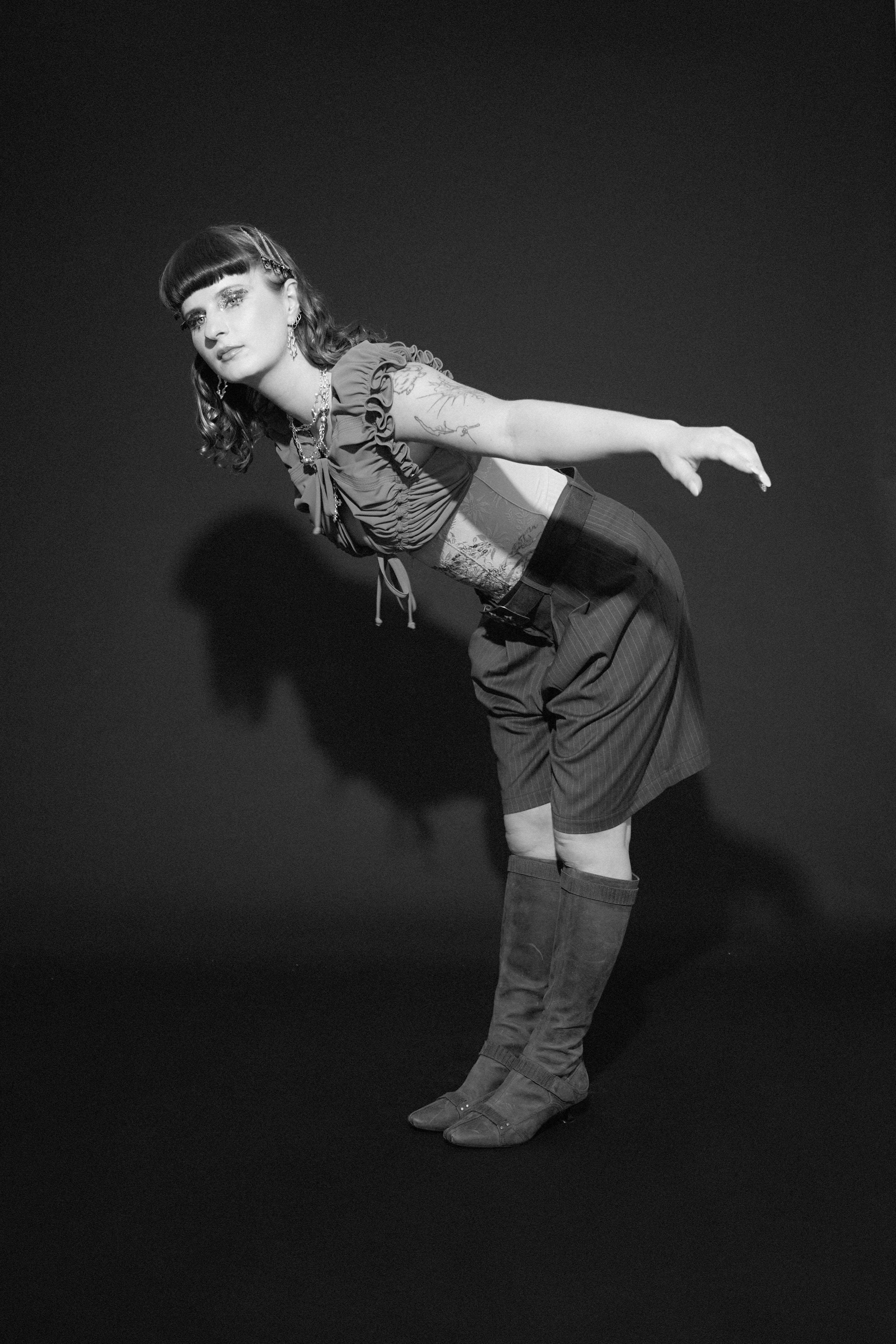
PHOTO: ELLA MAXIMILLION
Beginning in lockdown, Rita has utilised the resources that MESS offers for education and exploration. She explains what makes MESS so special:
“MESS is a lot of things, and that’s what makes it unique. It’s a “home” for electronic music lovers and creators, a third space, programs, and events. The best place to hang. I used to say that MESS was half the monthly cost of my antidepressants, and a hell of a lot more effective.”
Founded by Robin Fox & Byron Scullin in 2016, the not-for-profit organisation houses over 1,000 historically significant electronic instruments that visitors can play and explore. Currently located in North Melbourne, MESS is set to relocate to Fed Square in spring 2025, making its collection, courses, and events accessible to an even wider audience.
Despite the music industry’s historical male dominance, women have been at the forefront of electronic music since its inception. Wendy Carlos helped to popularise the synthesiser as an instrument, most notably with her 1968 album ‘Switch-On Bach’, where she plays Bach on a Moog Synthesiser.
Today, women continue to shape the scene. Kate Miller, Willis Anne’s partner, is an accomplished Australian DJ and producer who utilises analog machines for her productions. Another standout is Vessa, a talented live-hardware artist and woman of colour who has made waves in Naarm’s music scene.
When asked how she got into hardware, Vessa shared:
“My natural affinity for instruments is what led me to researching grooveboxes, drum machines and synthesisers. I got my hands on my first real synth as a Christmas gift from my parents, my Microkorg, at around age 15, and eventually started sourcing other instruments I could link it to in order to produce my own mini sound creation system. I didn’t really know about live hardware as a thing at that time, I was just determined to create in a similar way to the artists I was hearing, and this is how I landed on achieving it. Once I began engaging with clubs and raves, I’ve become more interested in an experimental club sound, but I’ve developed many live sets spanning Downtempo, House, Acid, Electro, Techno, EBM, Darkwave, Breakbeat, Reggaeton, all with a bit of an emotive and melodic undercurrent.”
A veteran of live hardware sets, Vessa is expanding her artistry and releasing her debut EP ‘Viscera’ this spring. As one of the few women in the Naarm hardware scene, Vessa has earned respect through persistence and passion:
“As much as I have been welcomed by a lot of my peers in live hardware, I think it has taken a bit of proving myself for a few years to earn it in a sense. Especially when I was first starting out, I don’t think I was taken very seriously, but I was thankful for every opportunity I got.”
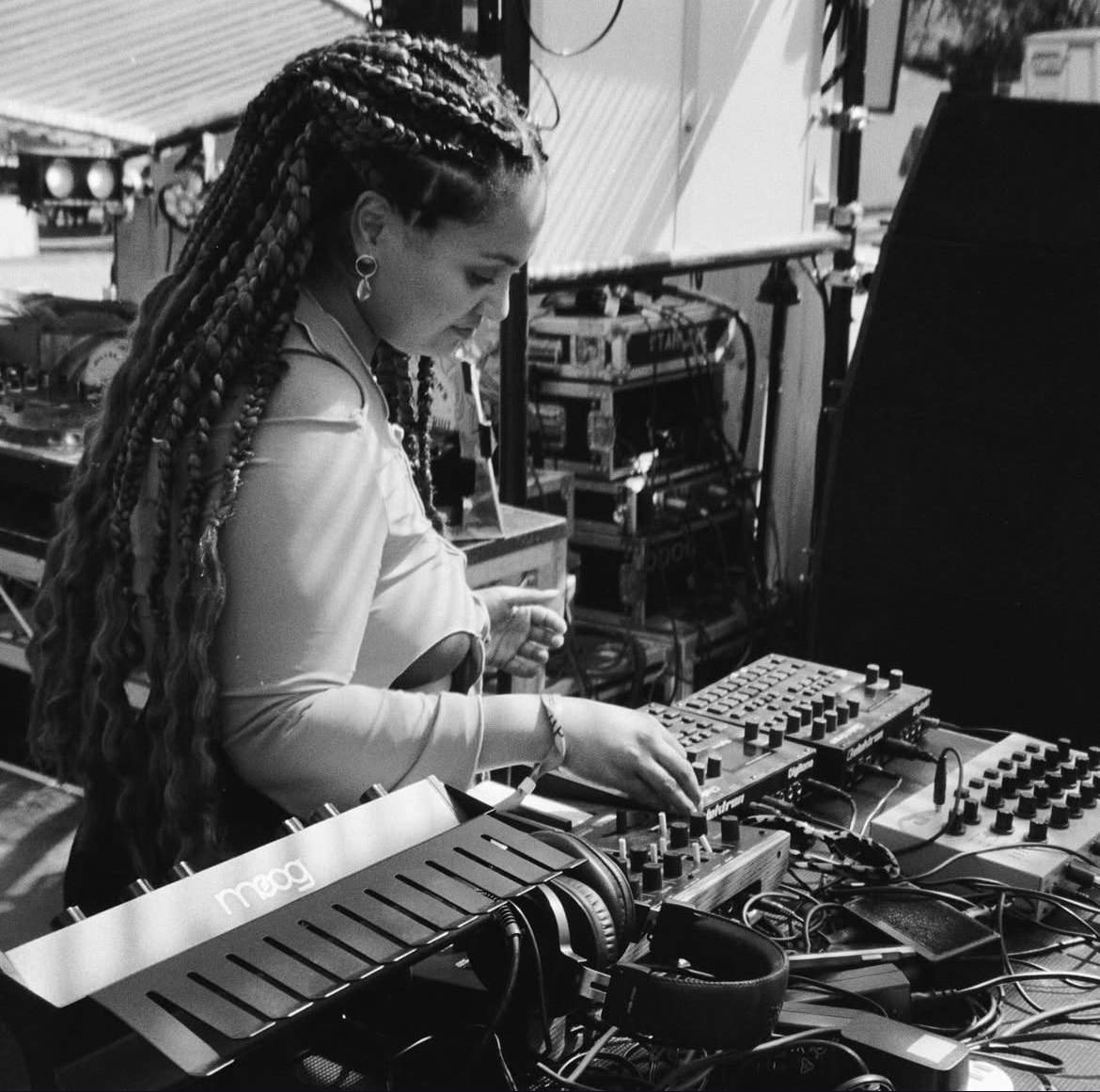
Once you catch the hardware bug, there’s no going back. After a lesson with Willis Anne (who also teaches aspiring producers), I’m eager to continue exploring it, and thanks to online resources, it's now easier than ever.
Vessa highlights the wealth of information available today:
“Fast forwarding a decade or so, more and more information, forums, support groups and inspirational and educational material has become available and I feel I’m seeing so many more creatives gravitate towards live hardware, because once you’re past the hurdle of price point, the education is actually quite accessible.”
Reptant also credits online communities for gear trading and knowledge sharing:
“There was a strong community for knowledge and second-hand trading on Facebook, where you were and still are able to purchase gear at prices cheaper than almost anywhere in the world. It still exists and goes by the name MGN “Music Gear Nuts” on Facebook.”
While software continues to advance, the tactile immediacy and sonic richness of hardware ensure its place in electronic music. Ironically, technology, its biggest rival, is also helping to sustain it through online communities and education.
Today’s artists are merging analog hardware with digital tools to create unique sonic experiences, evolving the art form and bridging the gap between tradition and innovation.
So… see you at the next hardware jam?
-
Crissy “Mothafunk” Collins is a DJ, journalist, self-proclaimed Black music historian and host on Naarm’s Triple R FM. Find her on Instagram.


